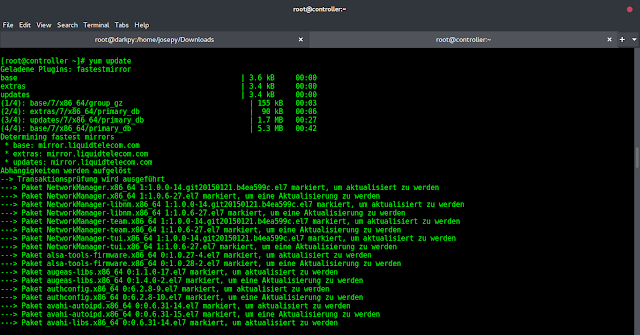Matplotlib is a library in Python and it is numerical – mathematical extension for NumPy library. It is an amazing visualization library in Python for 2D plots of arrays and used for working with the broader SciPy stack.
Matplotlib.axis.Axis.get_window_extent() Function
The Axis.get_window_extent() function in axis module of matplotlib library is used to get the axes bounding box in display space.
Syntax: Axis.get_window_extent(self, renderer)
Parameters: This method accepts the following parameters.
- renderer: This parameter is the RendererBase subclass.
Return value: This method return the axes bounding box in display space.
Below examples illustrate the matplotlib.axis.Axis.get_window_extent() function in matplotlib.axis:
Example 1:
Python3
# Implementation of matplotlib function from matplotlib.axis import Axis import numpy as np import matplotlib.pyplot as plt X = np.arange(-10, 10, 1.5) Y = np.arange(-10, 10, 1.5) U, V = np.meshgrid(X, Y) fig, ax = plt.subplots() ax.quiver(X, Y, U, V) fig.canvas.draw() renderer = fig.canvas.renderer # use of get_window_extent() method val = Axis.get_window_extent(ax, renderer) print("Value Return by get_window_extent():") print(val) fig.suptitle('matplotlib.axis.Axis.get_window_extent() \ function Example\n', fontweight ="bold") plt.show() |
Output:
Value Return by get_window_extent(): Bbox(x0=0.0, y0=0.0, x1=0.0, y1=0.0)
Example 2:
Python3
# Implementation of matplotlib function from matplotlib.axis import Axis import matplotlib.pyplot as plt import numpy as np xx = np.random.rand(10, 10) fig, ax = plt.subplots() m = ax.pcolor(xx) m.set_zorder(-20) fig.canvas.draw() renderer = fig.canvas.renderer # use of get_window_extent() method val = Axis.get_window_extent(ax, renderer) print("Value Return by get_window_extent():") print(val) fig.suptitle('matplotlib.axis.Axis.get_window_extent() \ function Example\n', fontweight ="bold") plt.show() |
Output:
Value Return by get_window_extent(): Bbox(x0=0.0, y0=0.0, x1=0.0, y1=0.0)


